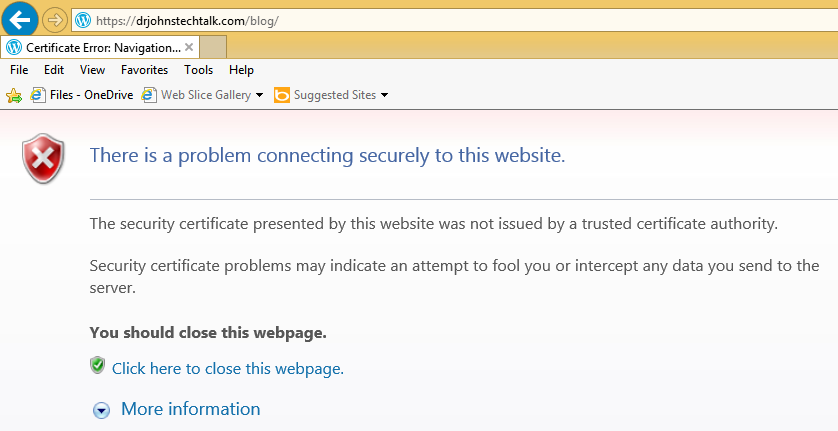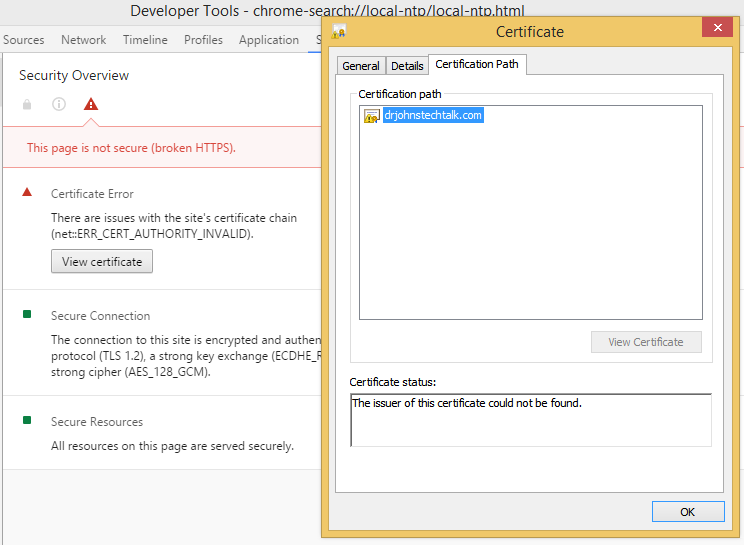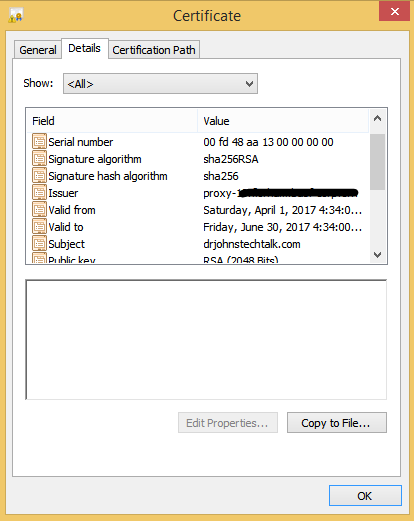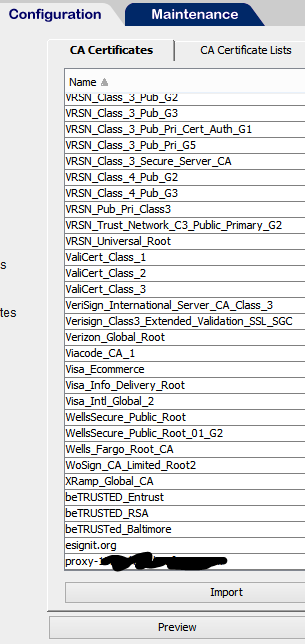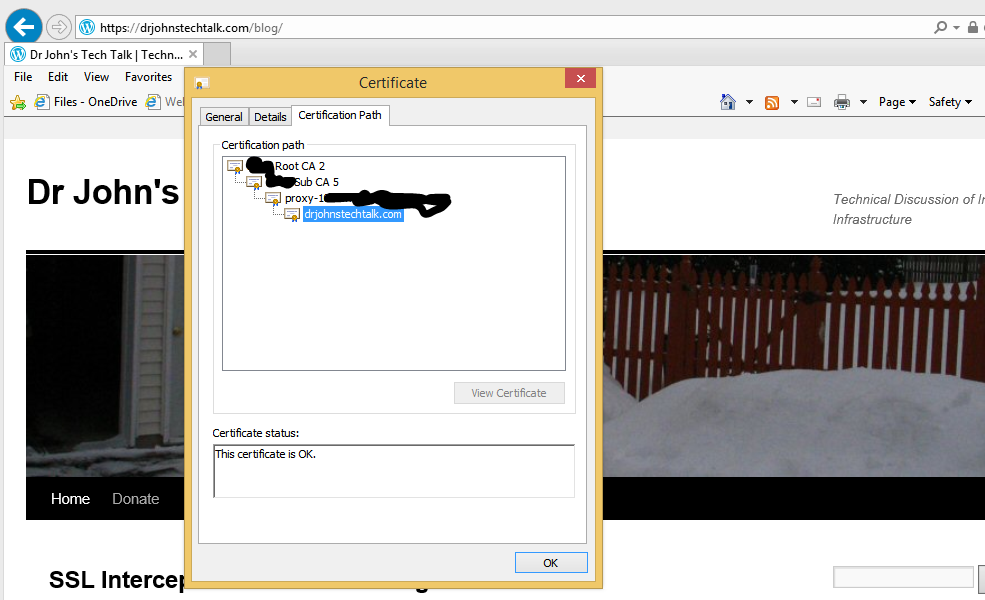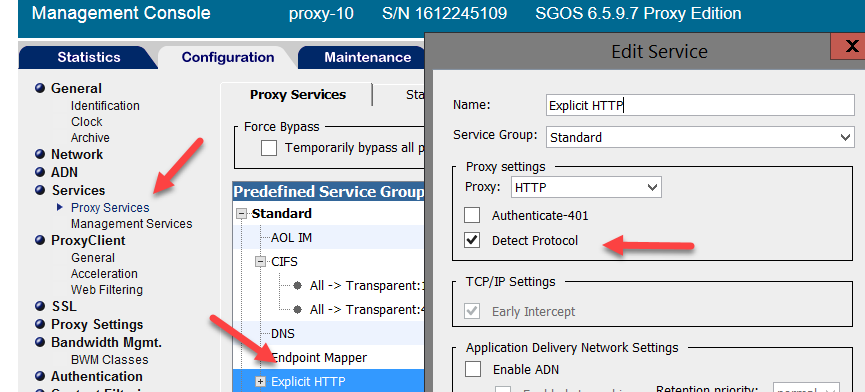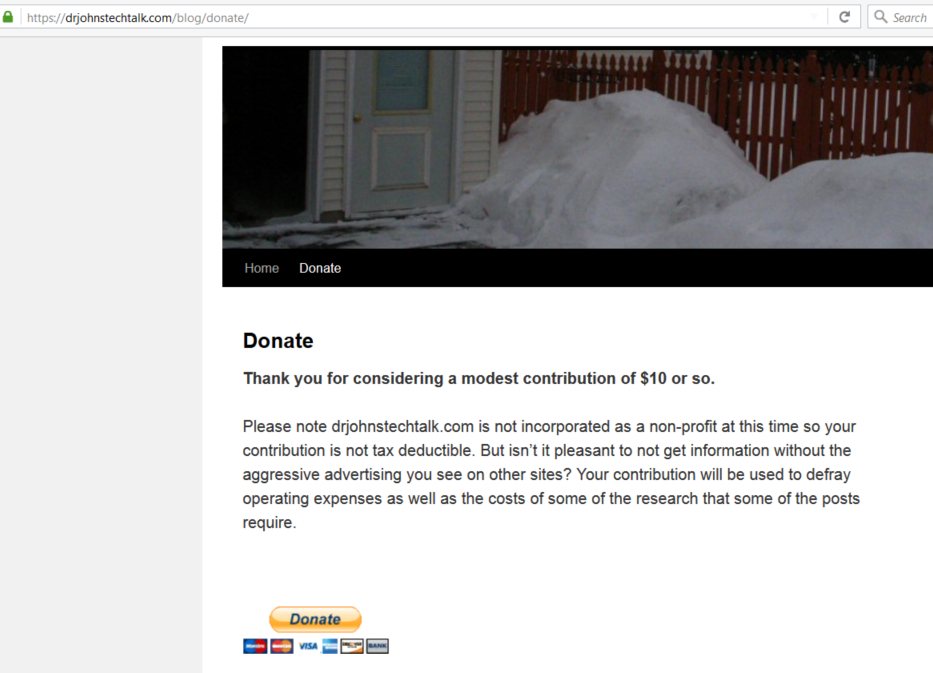Intro
I wanted to learn a bit more about digital currencies. I’ll certainly be posting about them in the future. The best way to get some is to open an account with coinbase. But for security reasons – and I am all for securing things as digital currency thefts are notorious – they require two-factor authentication. The least secure method is to have an SMS code sent to your phone.
Well, my phone is a work phone that i use for light personal use. I’ve never owned a personal cell phone. So I’m not even sure my number will be portable if I retire or am severed from the company that supplies the phone. It would be just like me to forget all about it years from now when I’m facing that situation.
They said a more secure method is Google Authenticator. That sounds a bit daunting and perhaps tied to Google? Upon investigation it turns out that neither of those statements is true.
The details
Turns out the Google Authenticator is really an implementation of open standards based on a couple RFCs, RFC 6238 and RFC 4226. So there are other available implementations besides Google’s.
I used this implementation. It works fine for me once I understood how it works! https://github.com/gbraad/gauth
How gauth works
The main thing to understand – and the author doesn’t really explain it – is that the secrets are stored locally on the browser. I didn’t look but it must be in a cookie. So from the same desktop, different browsers you’ll see one sees your added account and the other does not. No secrets are stored on the server so the web server only passively contains the HTML and Javascript files.
So in my opinion you ought to make a secure copy of the secret so it doesn’t vanish when you clear your browser cookies, or your computer crashes, or whatever.
It’s a TOTP: time-dependent one-time password. I am personally familiar and comfortable with the concept having been a long-time RSA token user, back to the days when it was Security Dynamics! So my account cannot be compromised by sharing a one-time code as I do in the screen shot below!
What it looks like

Note the time remaining on the right side. These one-time passwords only last for 30 seconds and then new ones will be displayed.
Keep up your time
Since these codes are time-dependent, it is actually important that your computer be synced to an Internet time source. I hadn’t really messed with that on my Windows 10 system and when I checked the time I found it off by seven seconds which is way too much in my opinion. Being off by a couple minutes is probably fatal. I was syncing to a time source about every five days, which is far too infrequent in my opinion.
Too lazy or unable to host your own?
You can use the one the author hosts: http://gauth.apps.gbraad.nl/. Of course that’s putting your trust in the author so I don’t recommend using that.
How to host it
You basically just download the zip file form the git repository and unzip it somewhere onto your web server. In my case I am keeping the location a secret but it doesn’t really matter as there is nothing really there on the server to hide.
Conclusion
Until now I have wanted two-factor authentication but have hesitated due to my incorrect notion that this would actually tie me down to Google’s Ecosystem. Today I found a simple, independent (of Google) implementation that works with Coinbase. I hope to expand my use of 2FA to my banking apps, WordPress and perhaps other areas now that I am comfortable with it.
References and related
A “simple” implementation of Google Authenticator which can be self-hosted: https://github.com/gbraad/gauth
Wikipedia article on Google Authenticator: https://en.wikipedia.org/wiki/Google_Authenticator. It’s very helpful.
